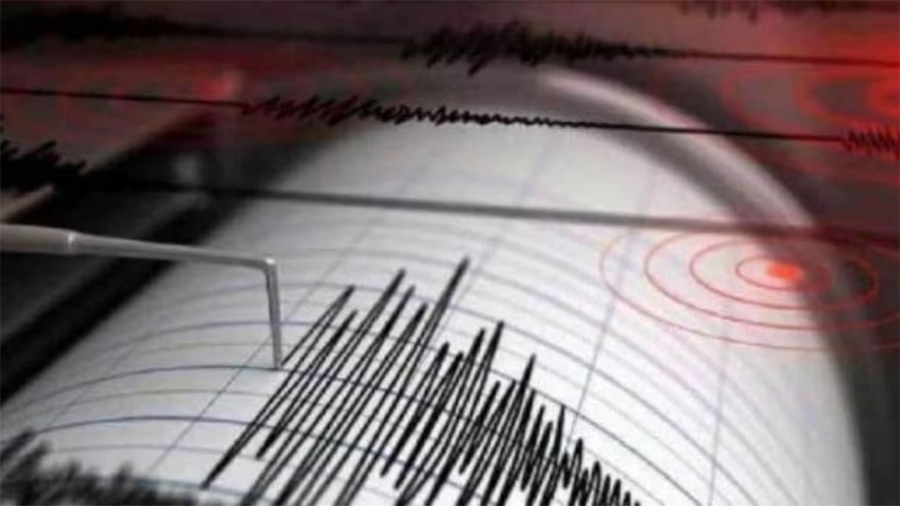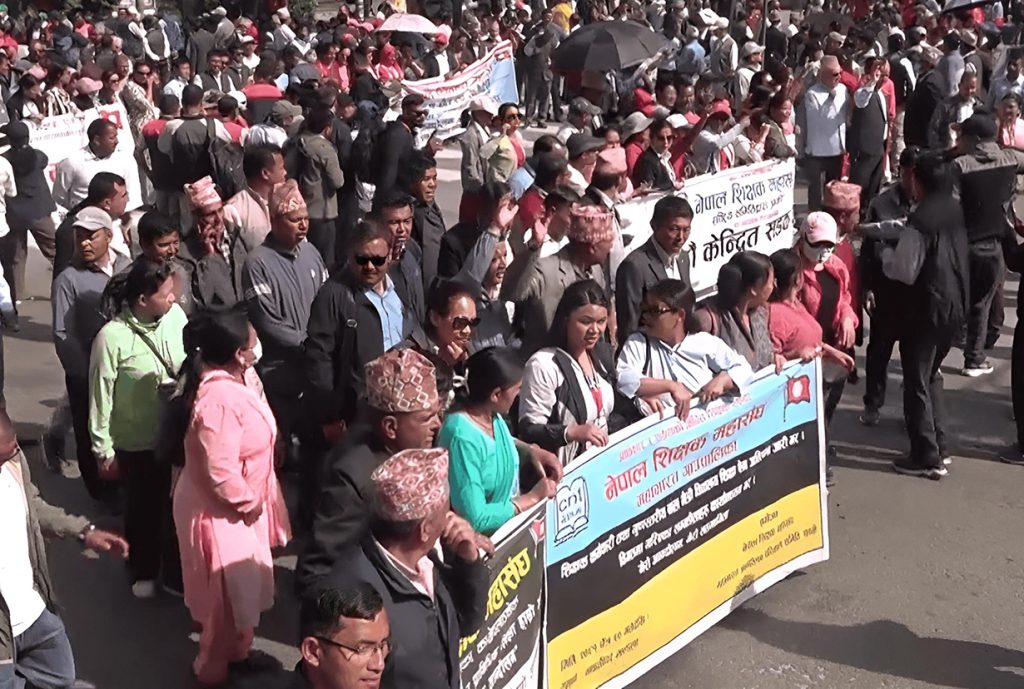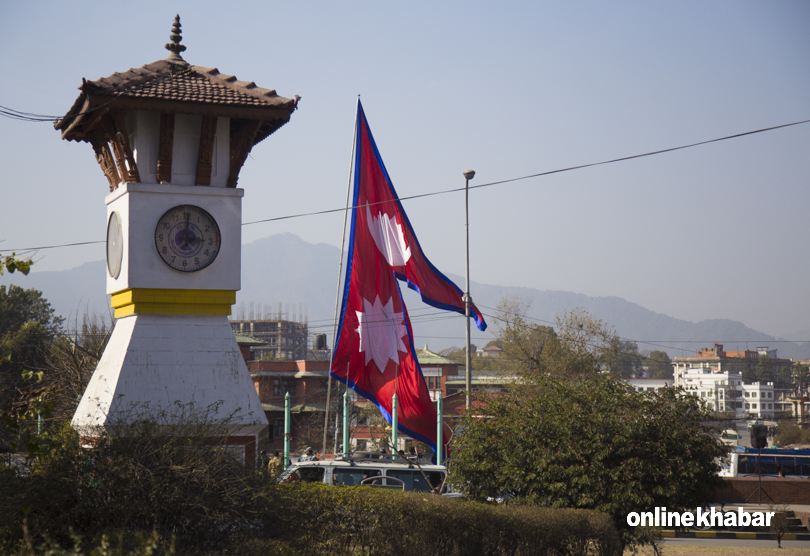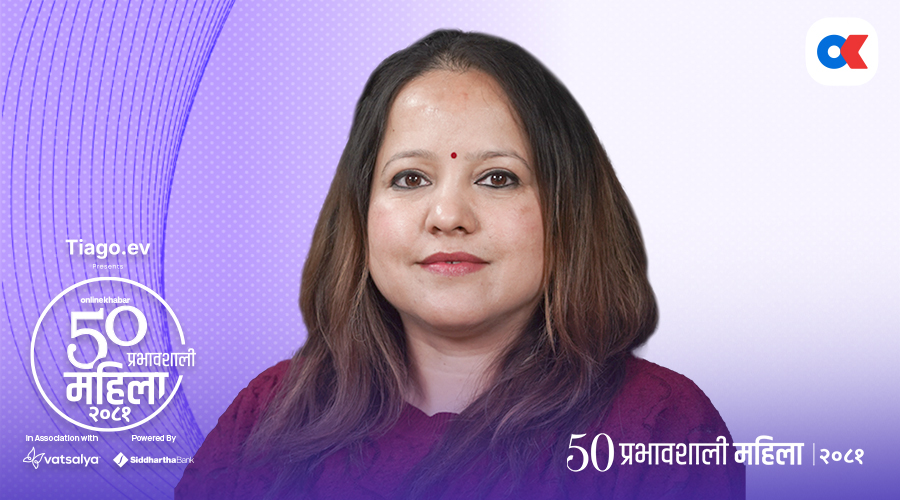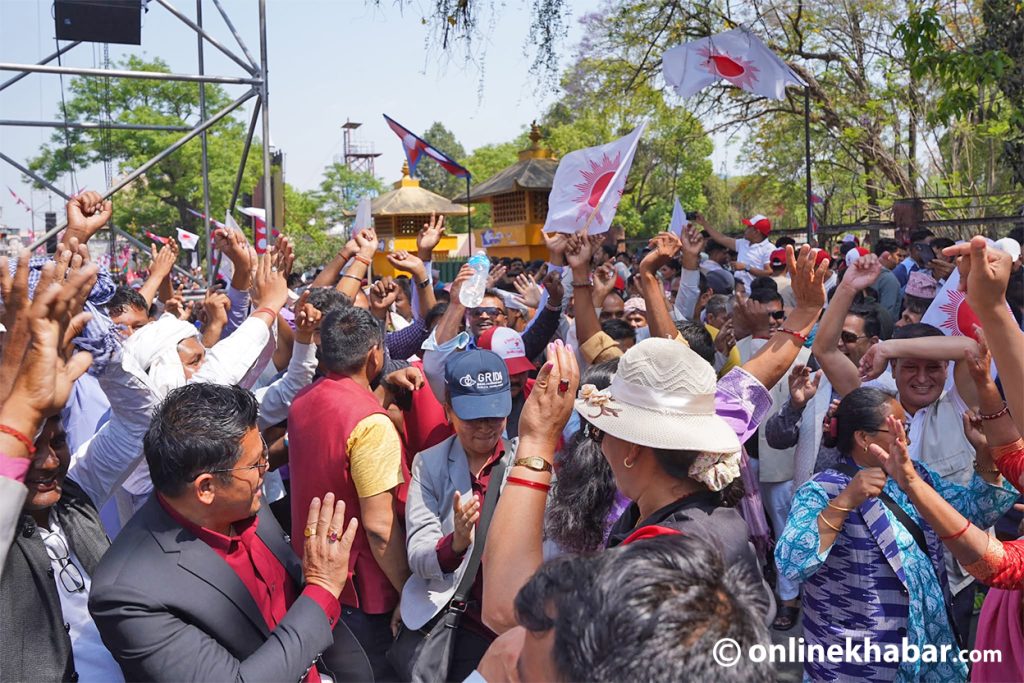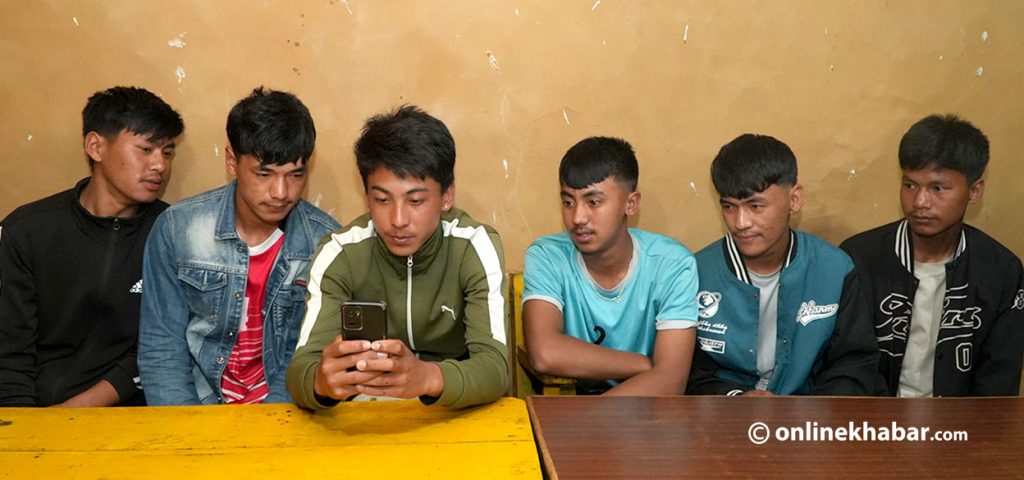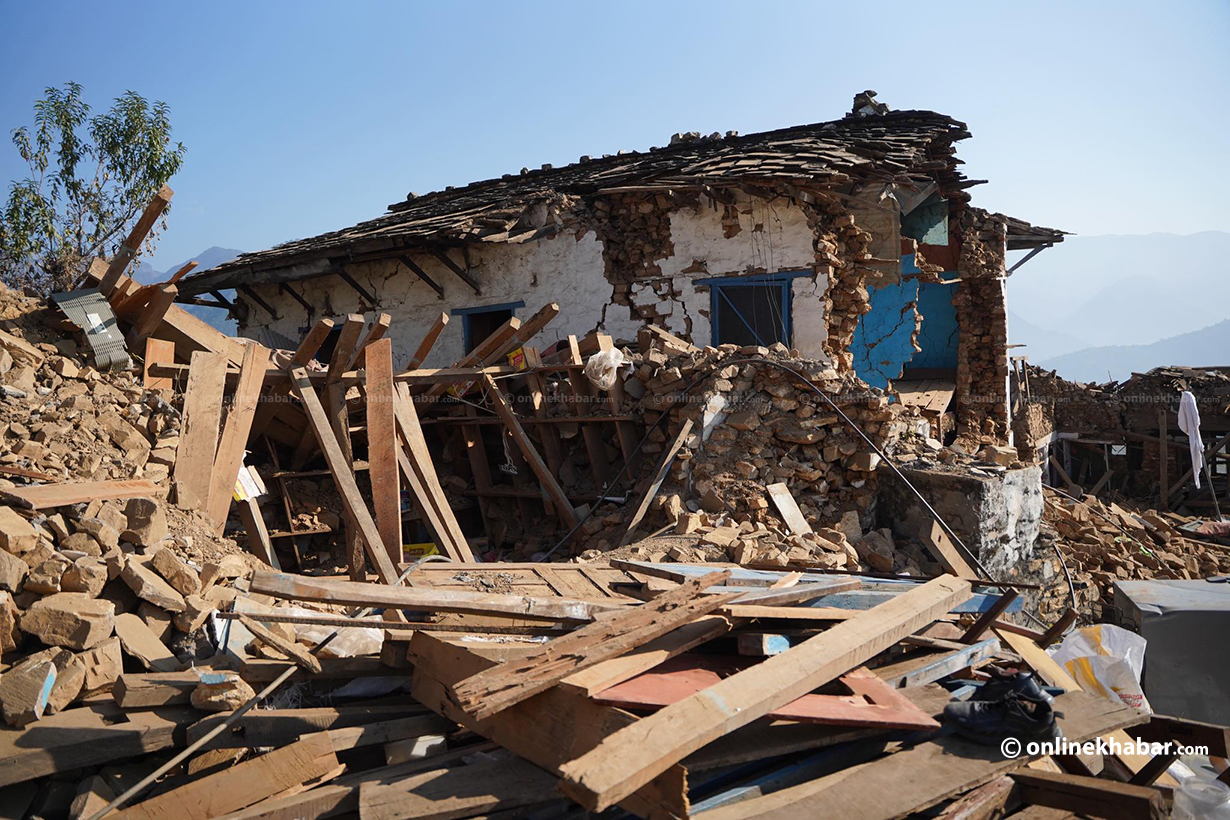
Ten years ago, on a quiet Saturday afternoon, Nepal’s earth shook. In a matter of minutes, ancient temples crumbled, houses flattened, and thousands of lives were lost to a tragedy we had long feared, but scarcely prepared for. The 2015 earthquake left 9,000 people dead, over 22,000 injured, and hundreds of thousands displaced. The devastation amounted to one-third of the country’s GDP, forever altering the nation’s landscape and psyche.
As we mark a decade since that fateful day, it is not just an opportunity to mourn, but to reflect on the progress we’ve made, the failures we repeat, and the future we still need to build — one that is safer, inclusive, and resilient.
The long road to recovery
In the aftermath, Nepal became a global headline. Aid arrived swiftly, but rebuilding proved slow and complex. The National Reconstruction Authority (NRA) was formed to lead this colossal task, and while tens of thousands of homes have been rebuilt, many cultural heritage sites still remain under scaffolding. Even today, Kathmandu’s historic Durbar Squares carry the weight of bricks yet to be laid, the wounds of history still visible.
The recovery was unequal too — women, particularly widows, single mothers, and girls, bore the brunt of displacement and economic insecurity. At Project Abhaya, the youth-led civic movement I founded, we encountered stories of women denied property rights after their husbands’ deaths in the quake, or forced into unsafe labor migration due to lost livelihoods.
Natural disasters in Nepal have a gendered impact, yet our preparedness rarely reflects that.
Laws on paper, chaos in practice
Since 2015, several policies have been introduced. The National Building Code was revised and mandated. The Disaster Risk Reduction and Management Act 2017 laid out a new framework for emergency governance. Municipal bylaws were updated, and Nepal Urban Development Strategy 2017 sought to tame Kathmandu’s frenzied growth.
But these laws, like so many in our country, suffer from weak enforcement. New high-rises sprout in the valley daily, many sidestepping safety regulations in the quest for profit.
Corruption, oversight gaps, and poor urban planning have made Kathmandu a vertical slum rather than a resilient city.
Are we safer today?
Let’s be honest — Kathmandu is a city living on borrowed time. Its population has doubled since the last census. Open spaces meant for evacuation have shrunk under shopping complexes and parking lots. Hospitals lack emergency preparedness. Most schools conduct token drills once a year, if at all. And many buildings still ignore structural codes.
A recent UN risk assessment places Nepal among the most earthquake-prone countries globally. Should another major earthquake strike, experts fear the casualties could surpass 2015, especially given Kathmandu’s density and lax infrastructure safety.
If it happens again: What must change

The question isn’t if, but when. To prevent another catastrophe:
- Strictly enforce the National Building Code, monitored by independent bodies.
- Retrofit vulnerable hospitals, schools, and heritage structures.
- Expand and legally protect open spaces as evacuation zones.
- Establish an efficient earthquake early-warning system.
- Conduct regular, community-wide emergency drills.
- Integrate gender-responsive and inclusive disaster planning.
- Decentralize disaster management to empower local governments.
A Personal Reckoning
I still remember where I was on April 25, 2015 — standing frozen as the walls of my home shuddered violently around me. It felt like the earth itself was grieving. That day changed my sense of safety forever.
Resilience is not built by the government alone. It lives in community networks, the unyielding spirit of survivors, and the quiet courage of women rebuilding both homes and hope.
Ten years on, we have rebuilt structures, but I worry we haven’t rebuilt our preparedness or public conscience. May this anniversary be more than a ritual of remembrance. May it be a call to vigilance.
Earthquake Safety: 3 Essentials
- During the Quake:
Drop, cover under sturdy furniture, and hold on. Stay away from windows and don’t run outside. - After the Shaking Stops:
Check for injuries, move to an open area, and be ready for aftershocks. Use your phone for emergencies only. - Keep a Go-Bag Ready:
Water, dry food, flashlight, first-aid kit, phone charger, ID, medicines, and a whistle.




